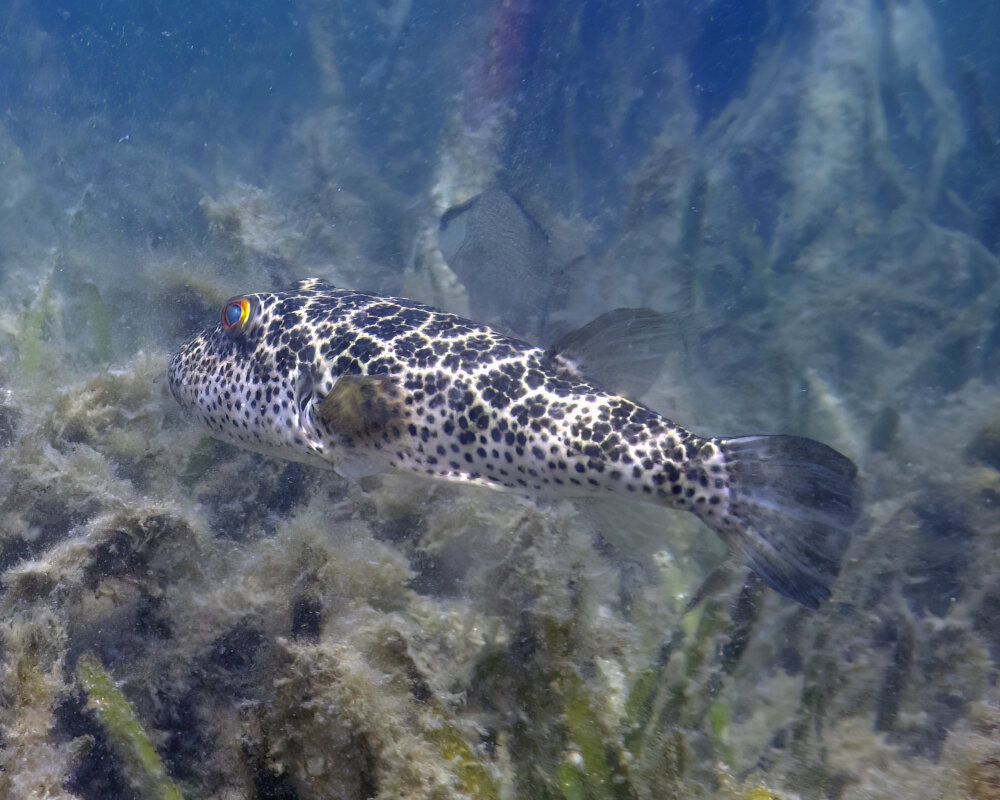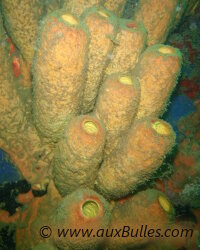Sealife guideThe checkered pufferSphoeroides testudineus
Last updated on 12/04/2024 at 12:03 AM
Taxonomy
- Common name: Checkered puffer
- French name: Poisson ballon réticulé, tétrodon réticulé
- Spanish name: Botete sapo
- Scientific name: Sphoeroides testudineus (Linnaeus, 1758)
- Family name: Tetraodontidae
- Order name: Tetraodontiformes
- Class name: Actinopterygii
Description
The checkered puffer is a modest-sized fish whose body is dotted with a characteristic checkerboard or hexagonal pattern. As its name suggests, its body has a round, laterally compressed shape which it inflates like a balloon, absorbing water when it feels threatened to deter predators.
Geographic range
The checkered puffer frequents the warm, shallow waters of the western Atlantic ocean, from the Atlantic coast of the USA to the Gulf of Mexico, in the Caribbean Sea, particularly in the reefs around numerous islands such as the Bahamas, and as far north as South America.
According to a 2010 study, the reticulated balloonfish was the second most abundant fish species in the waters of the Ría Lagartos estuary in Mexico's Yucatan province.
Habitat
The checkered puffer is found in seagrass beds and coral reefs, but also in the brackish waters of estuaries. They contribute to the biodiversity of these ecosystems and play a role in maintaining their health.
Did you know ?
The checkered puffer has the ability to vary its coloration and pattern with darker or lighter shades depending on its mood, environment or activity.
Don't be fooled by appearances: even though the reticulated balloonfish may appear clumsy in its movements, it is nonetheless an agile swimmer equipped with powerful pectoral fins for propulsion.
Like other balloonfish species, the checkered puffer contains a powerful toxin called tetrodotoxin, mainly in its internal organs, which serves as a defense mechanism to deter potential predators from eating it.
The checkered puffer is listed as many other marine species within The
IUCN Red List of threatened species. The checkered puffer appears in the
IUCN Red List since 2014 within the category Least Concern !
Within the same genus

Bandtail puffer
(Sphoeroides spengleri)
Within the same family

Blackspotted puffer
(Arothron nigropunctatus)

Immaculate pufferfish
(Arothron immaculatus)

Map puffer
(Arothron mappa)
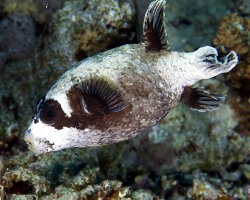
Masked puffer
(Arothron diadematus)

Narrow lined pufferfish
(Arothron manilensis)
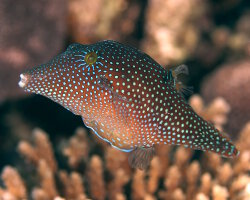
Pearl toby
(Canthigaster margaritata)

Valentin's sharpnose puffer
(Canthigaster valentini)
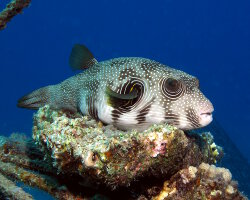
White-spotted puffer
(Arothron hispidus)
Discover also

Bigeye tuna
(Thunnus obesus)

Bird mouth wrasse
(Gomphosus varius)

Black axil chromis
(Chromis atripectoralis)
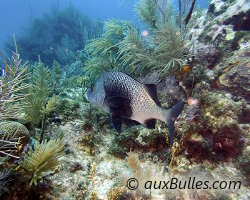
Black margate
(Anisotremus surinamensis)
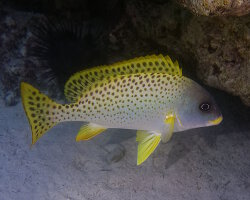
Blackspotted rubberlips
(Plectorhinchus gaterinus)
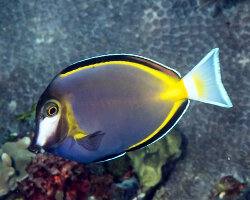
Japanese surgeonfish
(Acanthurus japonicus)
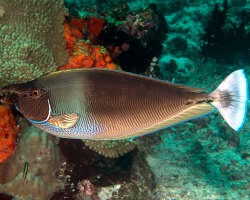
Paletail unicornfish
(Naso brevirostris)
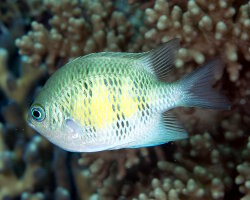
Staghorn damselfish
(Amblyglyphidodon curacao)
The marine species from Caribbean sea
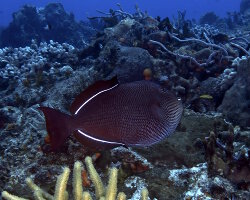
Black triggerfish
(Melichthys niger)
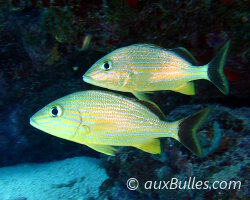
Blue striped grunt
(Haemulon sciurus)
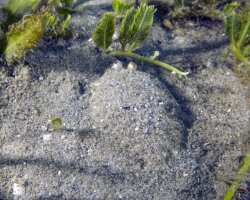
Eyed flounder
(Bothus ocellatus)
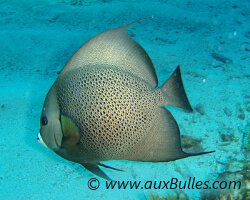
Gray angelfish
(Pomacanthus arcuatus)

Long-spined sea urchin
(Diadema antillarum)
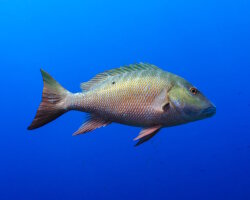
Mutton snapper
(Lutjanus analis)
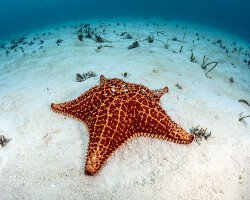
Red cushion sea star
(Oreaster reticulatus)

Spotted goatfish
(Pseudupeneus maculatus)
Best dive destinations
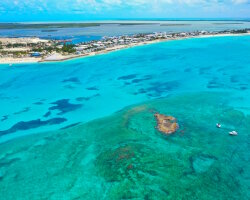
Les îles Bimini
Dive centers
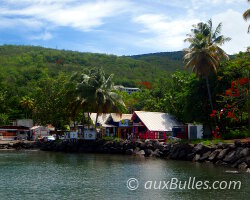
'Les Ilets' dive center
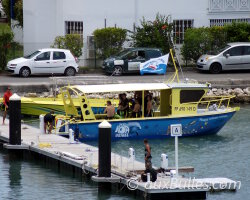
Noa dive center









